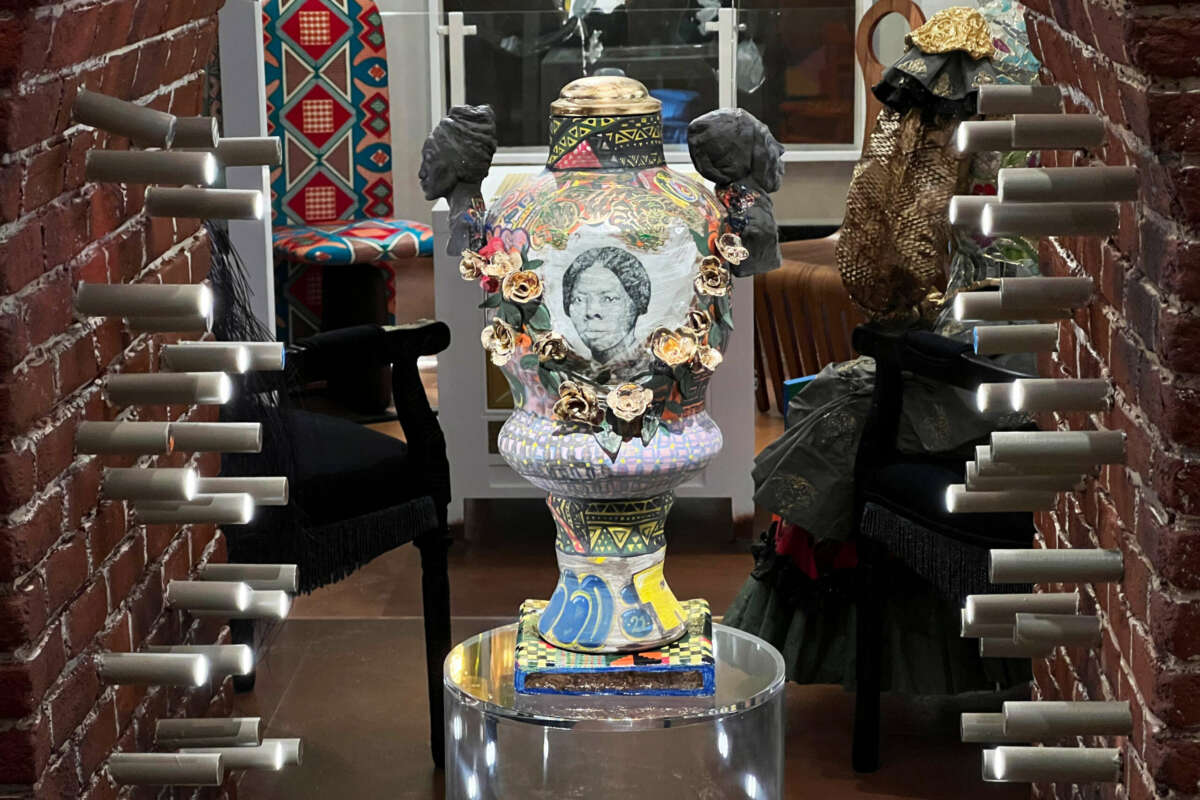We’re sharing some of our best photos of the highlights of the Before Yesterday We Could Fly: An Afrofuturist Period Room exhibit at the Met Museum of Art in New York City (NYC). It’s a compact space. But it contains worlds.
Met Museum is leaning into showcasing more of the Black experience in America
On a recent visit to the Metropolitan Museum in New York, we were struck by how many of the current exhibits directly address the timely and thorny topic of race in America. Some in unexpected ways.
Homer, Carpeaux and Fashion
Winslow Homer: Crosscurrents is a moving assessment of his fascination with conflict, and the role that observing Black fisherman played in the development of his masterwork, The Gulf Stream.
Fictions of Emancipation: Carpeaux Recast is a compact exhibit that packs a huge wallop emotionally.
In America: An Anthology of Fashion, the second half of a two-part exhibition exploring fashion in the United States, is not overtly about race. But in its examination of 200 years of domestic life in America, it would be impossible not to address the impact of slavery, emancipation and the Civil Rights movement on attire, attitudes and who plays what role in the fashion ecosystem. The curators conduct this assessment in creative and haunting ways.
All this is to say that anyone who believes that our great cultural institutions are blind to the lack of Black artists in their permanent collections and Black voices in the rooms where it happens might think at least a bit more kindly in the case of the Met. They seem to be really trying to be relevant, provocative and respectful in the ongoing American conversation about race.
the origin of the Afrofuturist Room at the Met
Which brings us to Before Yesterday We Could Fly: An Afrofuturist Period Room.
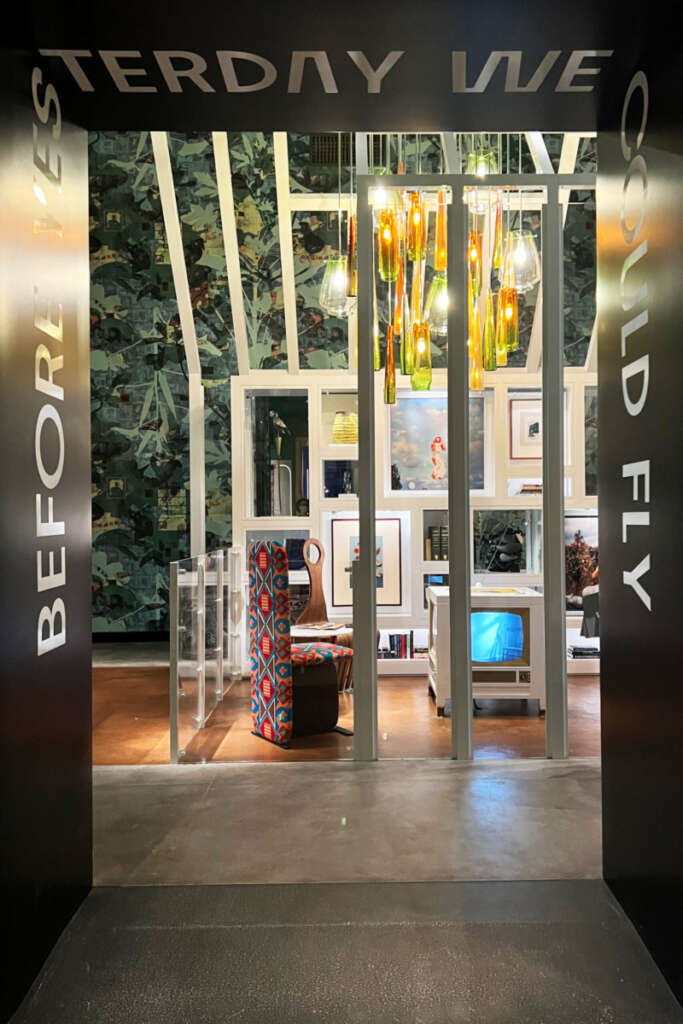
Photos of highlights of Before Yesterday We Could Fly: An Afrofuturist Period Room exhibit at the Met Museum of Art in New York City (NYC). Photo Credit: Dandelion Chandelier.
Here’s how the Met explains the rationale for the creation of this fantastical exhibit.
Seneca Village
“Seneca Village—a vibrant nineteenth-century community of predominantly Black landowners and tenants—flourished in an area just west of The Met, in what is now Central Park.
By the 1850s, the village comprised some fifty homes, three churches, multiple cemeteries, a school, and many gardens. It represented both an escape from the crowded and dangerous confines of lower Manhattan and a site of opportunity, ownership, freedom, and prosperity.
In 1857, to make way for the park, the city used eminent domain to seize Seneca Village land, displacing its residents and leaving only the barest traces of the community behind.”
Some of what was excavated from the former site of Seneca Village? A pressing comb. A decorative hair clip.
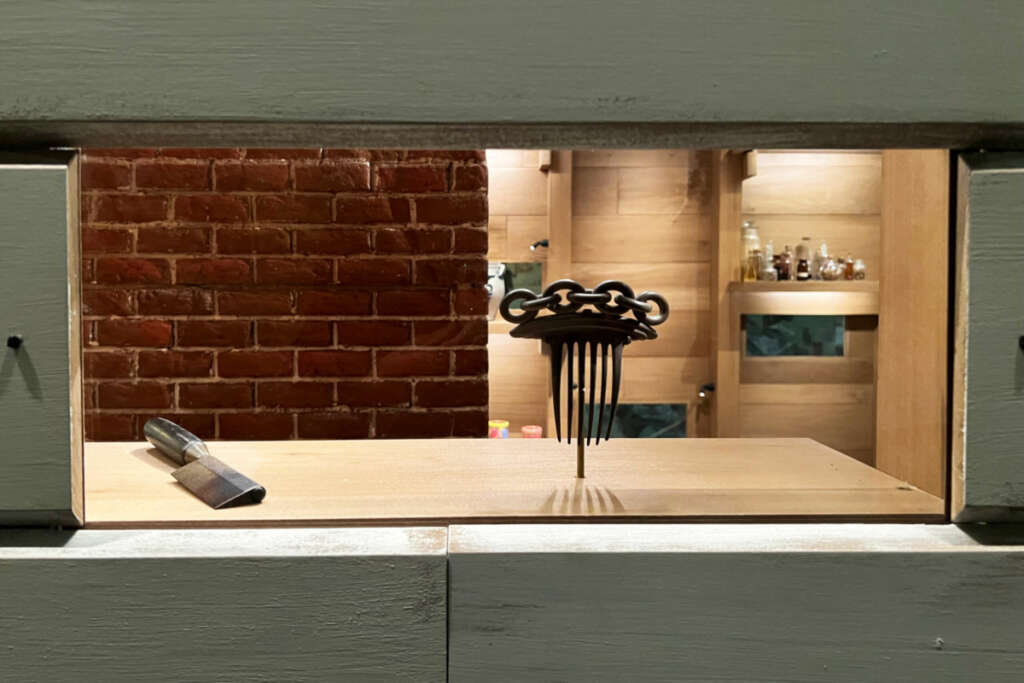
Photo Credit: Dandelion Chandelier.
They left behind glassware: vases, pitchers and candy dishes.
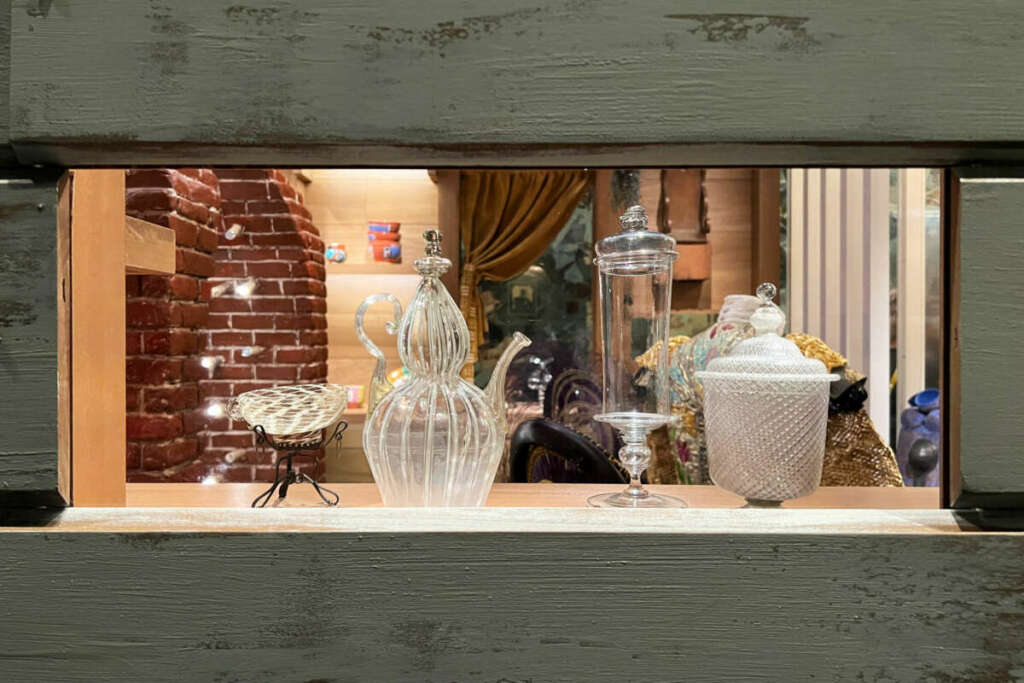
Photo Credit: Dandelion Chandelier.
Lead curator Hannah Beachler envisioned and designed this space with consulting curator Michelle Commander.
a room of the past, present and future
“this room rejects the notion of one historical period and embraces the African and African diasporic belief that the past, present, and future are interconnected and that informed speculation may uncover many possibilities. Powered by Afrofuturism—a transdisciplinary creative mode that centers Black imagination, excellence, and self-determination—this construction is only one proposition for what might have been, had Seneca Village been allowed to thrive into the present and beyond.”
“The title, Before Yesterday We Could Fly, is inspired by Virginia Hamilton’s legendary retellings of the Flying African tale, which celebrates enslaved peoples’ imagination, creative uses of flight, and the significance of spirituality and mysticism to Black communities in the midst of great uncertainty.”
With that as a preface, let us now say that this is a rich visual experience that requires no prior knowledge of any of that. Have a look and see what we mean!
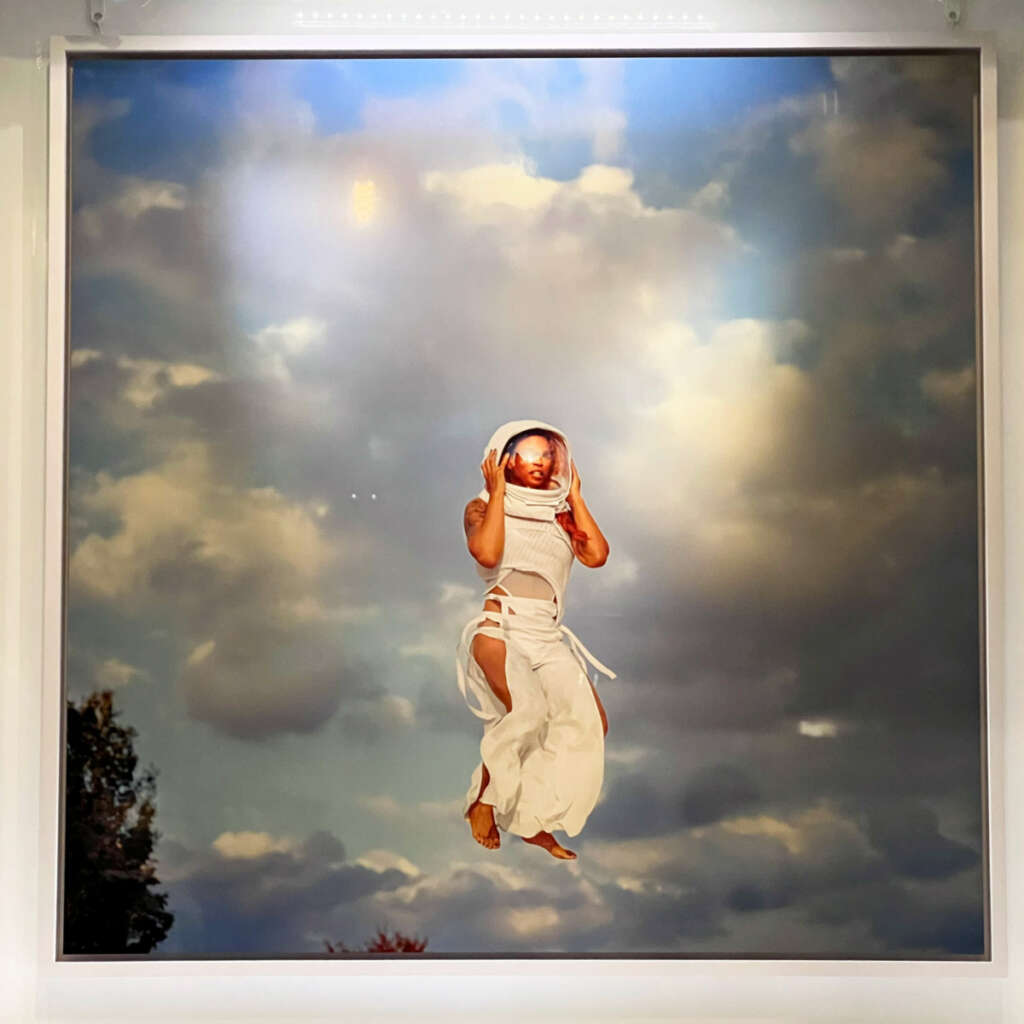
Photos of highlights of Before Yesterday We Could Fly: An Afrofuturist Period Room exhibit at the Met Museum of Art in New York City (NYC). Photo Credit: Dandelion Chandelier.
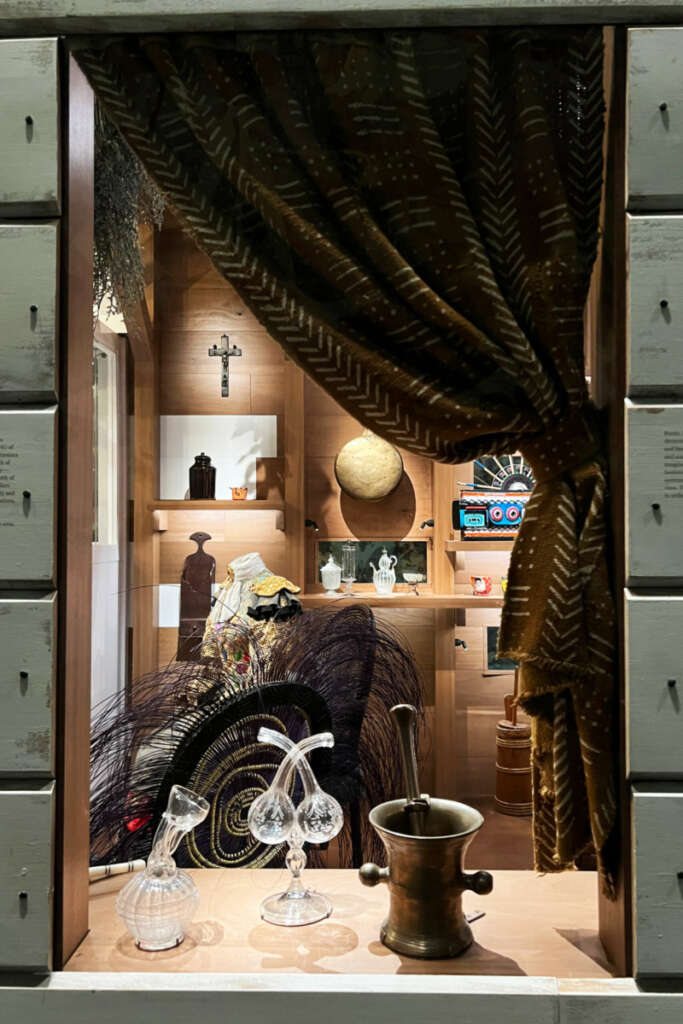
Photos of highlights of Before Yesterday We Could Fly: An Afrofuturist Period Room exhibit at the Met Museum of Art in New York City (NYC). Photo Credit: Dandelion Chandelier.
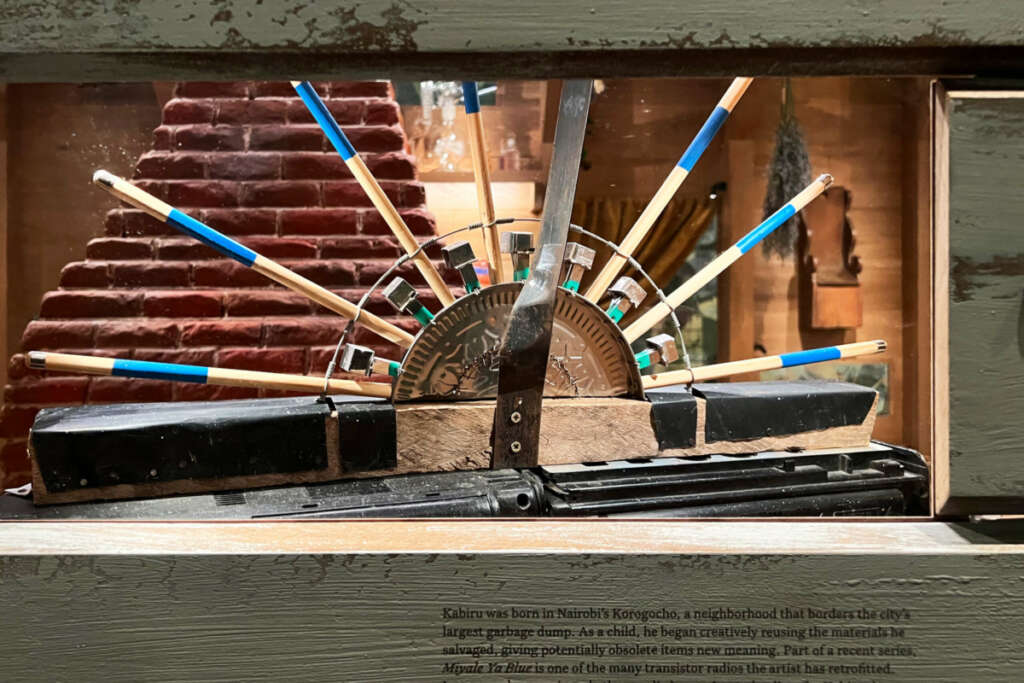
Photos of highlights of Before Yesterday We Could Fly: An Afrofuturist Period Room exhibit at the Met Museum of Art in New York City (NYC). Photo Credit: Dandelion Chandelier.
photos of the Afrofuturist room at the Met museum in New York
Before Yesterday We Could Fly: An Afrofuturist Period Room will be up at the Metropolitan Museum indefinitely. Catch it on your next visit. You won’t regret it.
